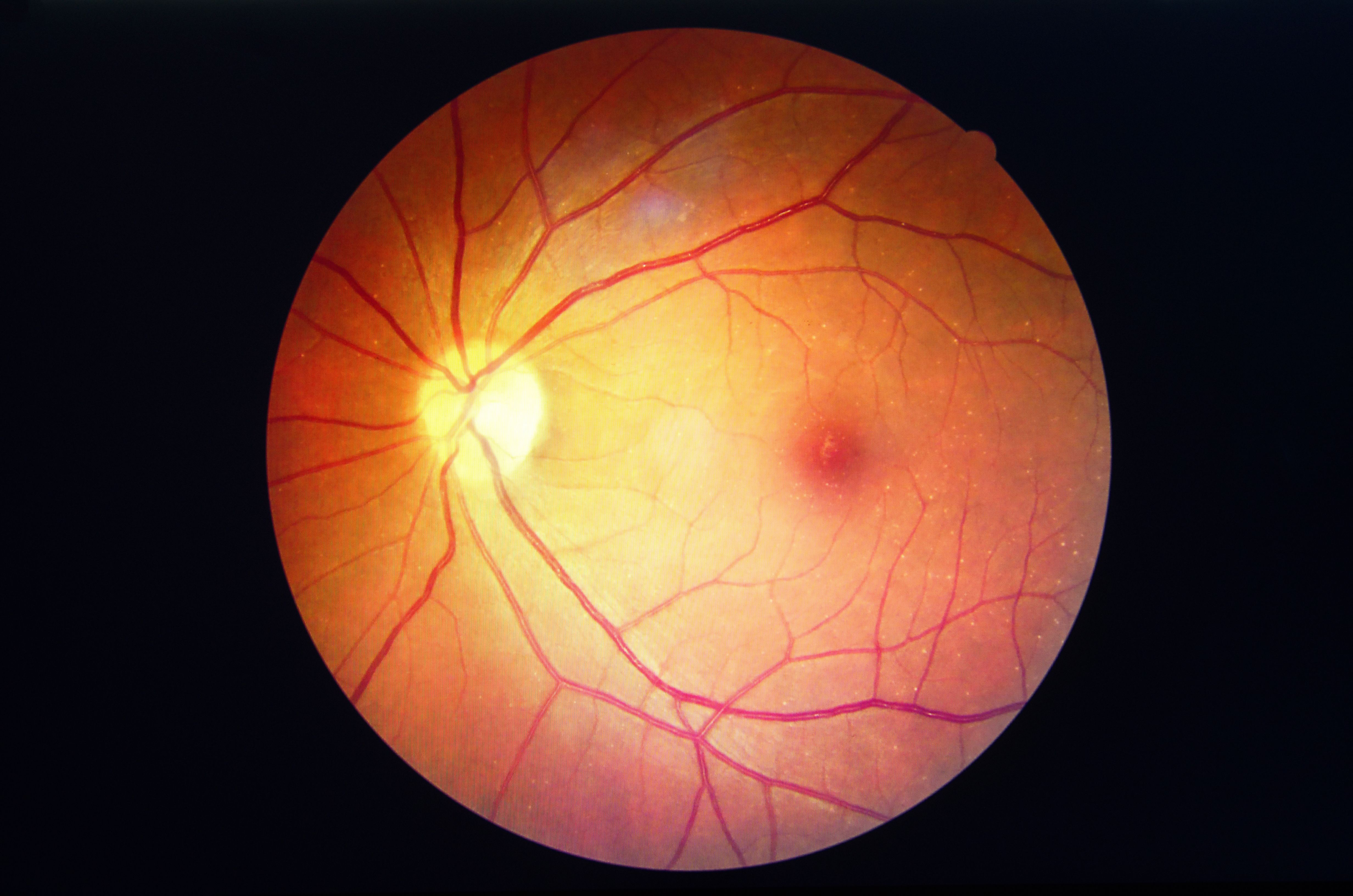Article
Disease Pathways for Diabetic Retinopathy Vary Between Patients
Author(s):
Diabetic retinopathy is the leading cause of blindness among working adults in the United States, but disease pathways may vary between patients, new research shows.
Diabetes Retinopathy, (©AdobeStock_Koolsabuy)

Diabetic retinopathy is the leading cause of blindness among working adults in the United States, but disease pathways may vary between patients according to a new study.
The study was led by Inês P. Marques, M.D., of the Association for Innovation and Biomedical Research on Light and Image in Coimbra, Portugal and published in the March 2019 issue of Diabetes. As the prevalence of diabetes in the United States is expected to increase dramatically. Better understanding of the predominant disease pathways for diabetic retinopathy may have major implications for management.
The researchers proposed three phenotypes of mild nonproliferative diabetic retinopathy (NPDR) with different risks for development of vision-threatening complications. Each phenotype is characterized by the predominance of one of three main disease pathways: neurodegeneration (retinal thinning), edema (retinal thickness), and ischemia (decreased vessel density).
This retrospective cross-sectional study used a noninvasive, multimodal imaging approach to examine the prevalence of different disease pathways in 142 patients with type 2 diabetes showing the initial stages of NPDR. Eyes were grouped by NPDR severity using the seven-field Early Treatment Diabetic Retinopathy Study (ETDRS) protocol: no or minimal NPDR (54 eyes); mild NPDR (54 eyes); and moderate NPDR (34 eyes). A control group of 106 eyes from healthy control subjects was used to compare with the study group.
The results showed that neurodegeneration, edema, and ischemia occurred to different degrees in different eyes, indicating that the predominant mechanism of retinal disease may be different in different patients. This finding confirms previous studies that suggested eyes from different patients may have different phenotypes of disease progression.
Ischemia was the only disease pathway that showed correlation with retinopathy severity and metabolic control. In univariate analysis, ischemia was significantly different between ETDRS groups, with eyes in a more severe stage of the disease more likely to have reduced vessel density. In multivariate regression analysis model adjusted for age, sex, HbA1c, visual acuity, and diabetes duration, ischemia remained significantly different between the ETDRS groups and showed significant associations with age, sex, and metabolic control. No significant difference was found between ETDRS groups in neurodegeneration or edema.
“Metrics of retinal vessel density obtained with OCTA in a noninvasive matter, allowing for repeated examinations, appear to identify the eyes/patients at higher risk for increase in severity, thus promoting a larger role for precision medicine in the management of [diabetic retinopathy] in individual patients,” the researchers conclude. “A forward-looking approach consistent with the concept of personalized medicine would be to develop quantitative assessments of these different disease pathways to enable early and individualized treatment.”
REFERENCES
Marques IP, Alves D, Santos T, et al. “Multimodal Imaging of the Initial Stages of Diabetic Retinopathy: Different Disease Pathways in Different Patients.” Diabetes. March 2019. DOI: 10.2337/db18-1077




